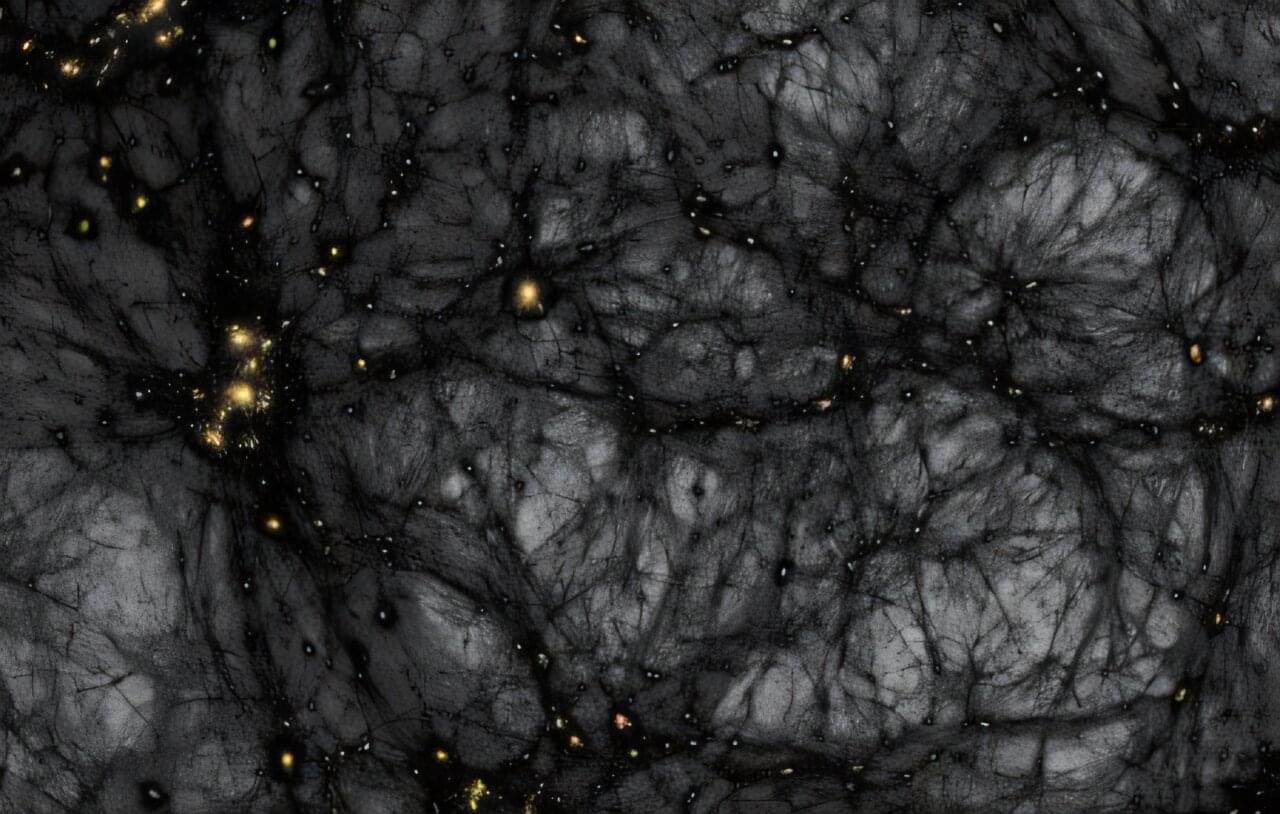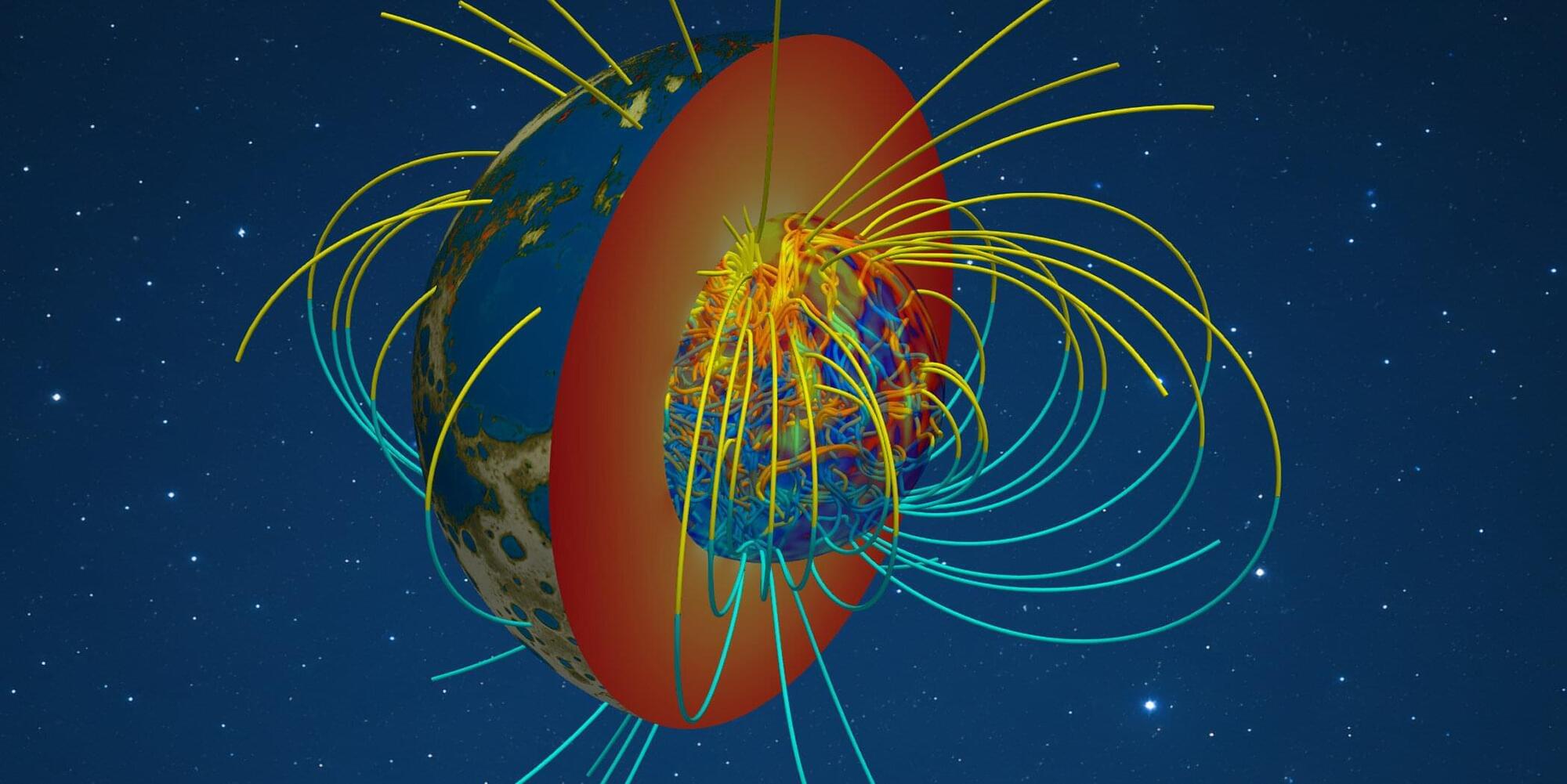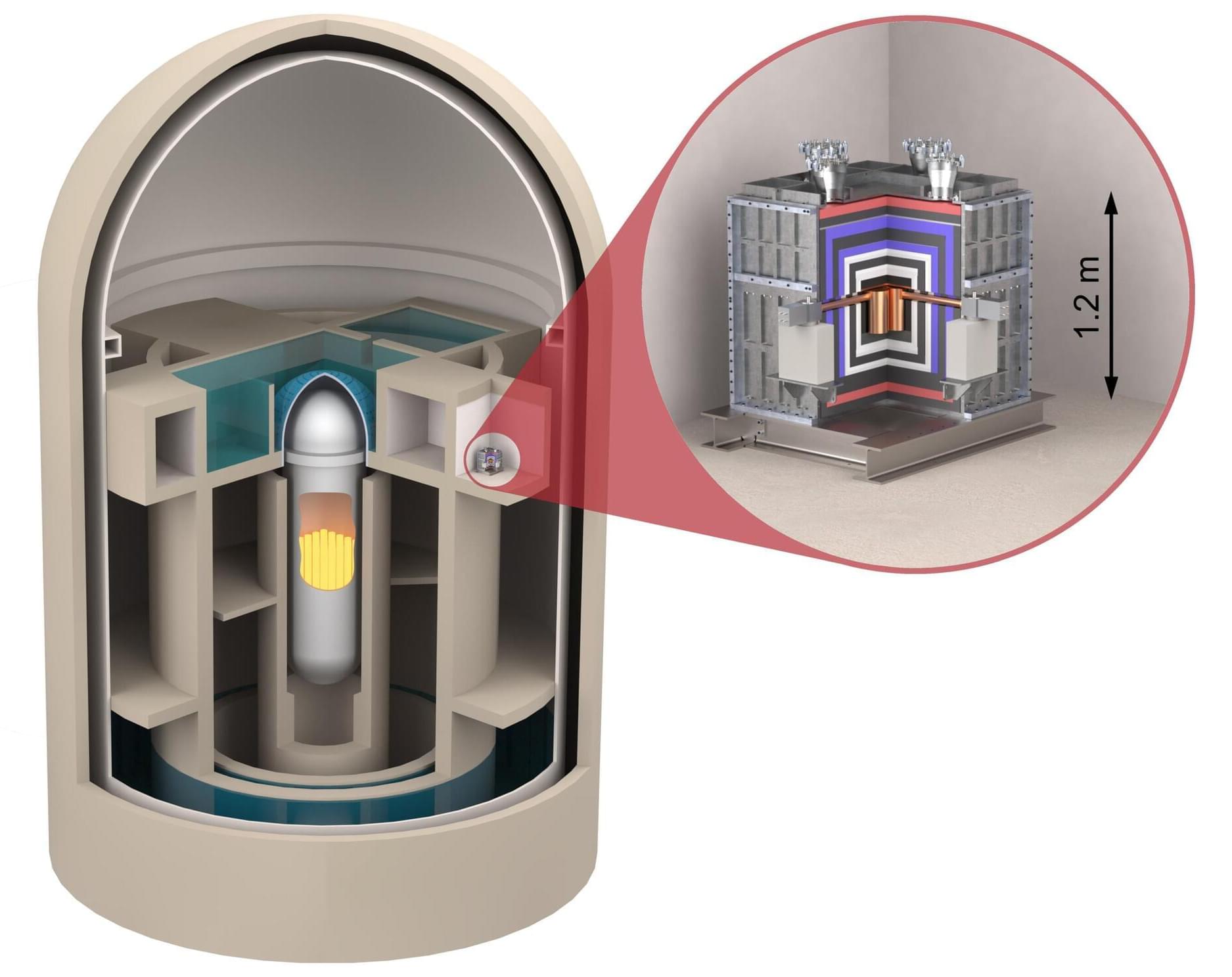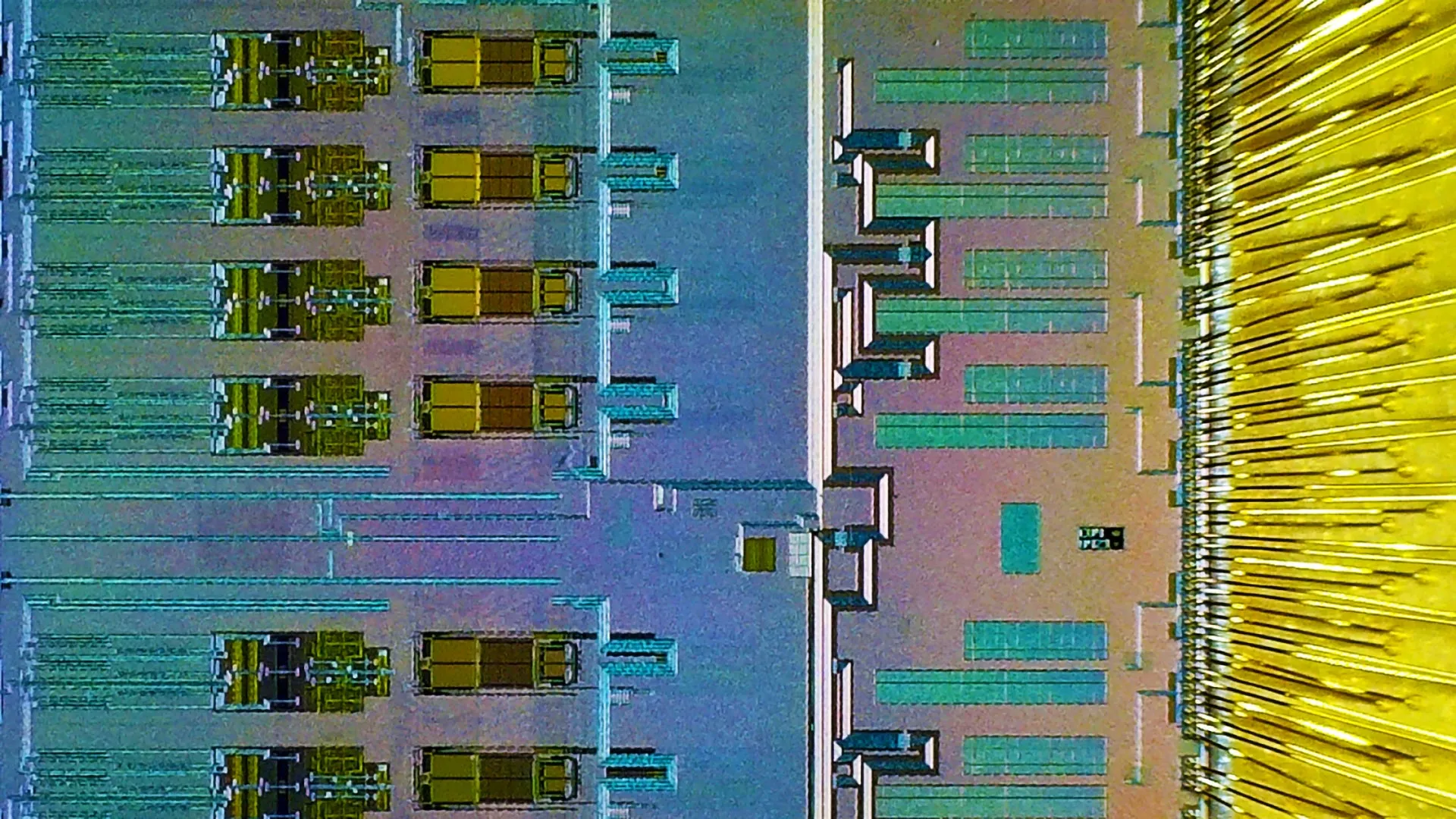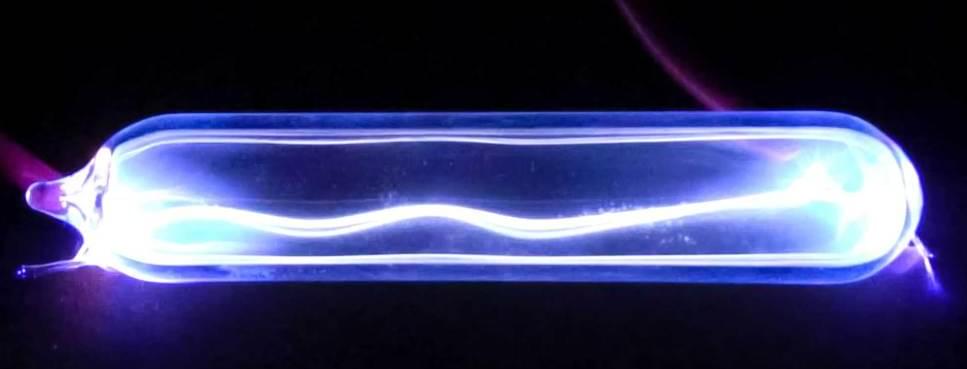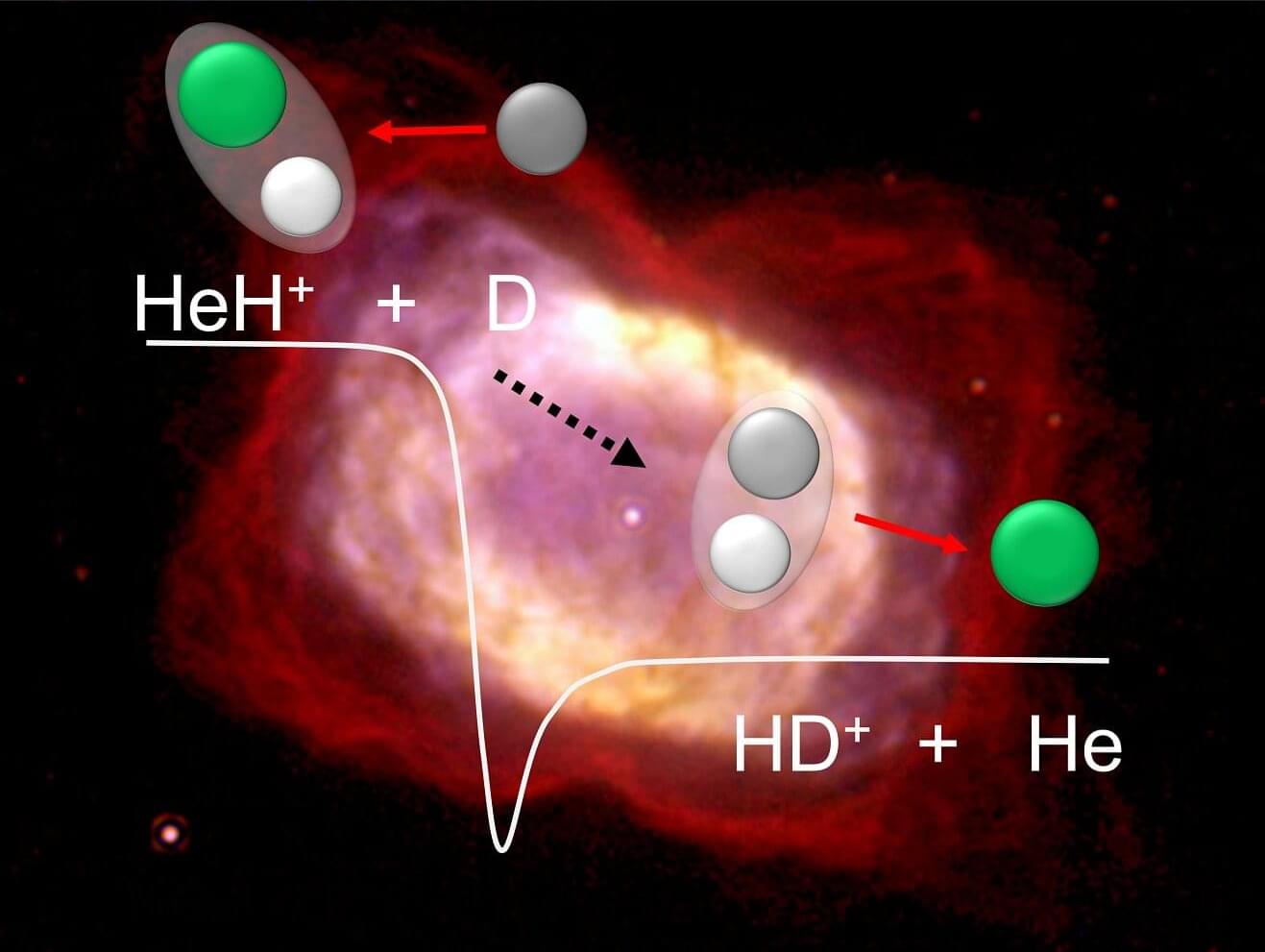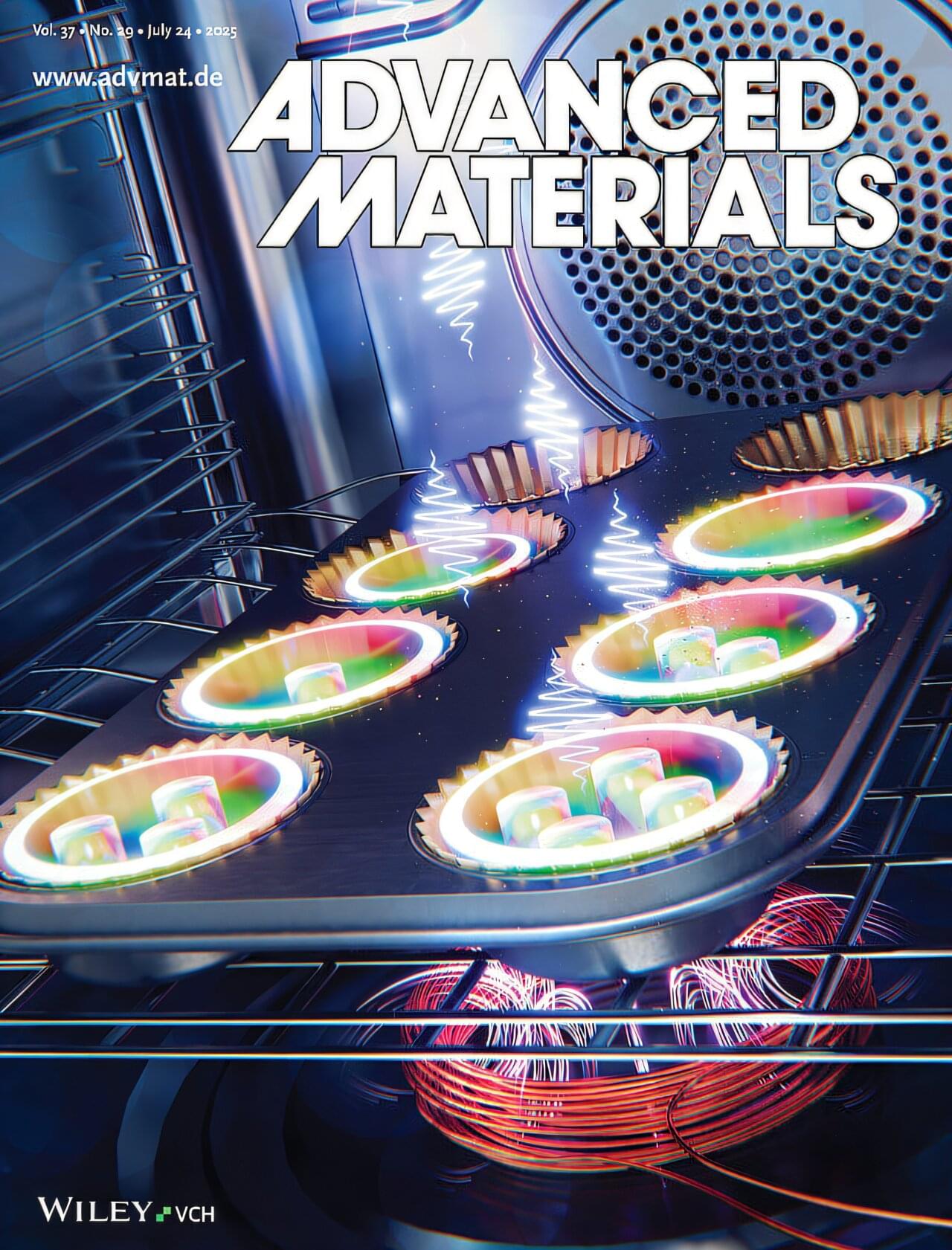It is now understood that all known matter, i.e., studied by science and harnessed by technology, constitutes only 5% of the content of the universe. The rest is composed of two unknown components: dark matter (about 27%) and dark energy (about 68%). This calculation, confirmed decades ago, continues to surprise both lay people and scientists alike.
In the case of dark matter (DM), there is abundant evidence that it really exists, all resulting from its gravitational interaction with ordinary matter. This evidence comes from sources such as the rotation curves of stars in galaxies, discrepancies in the movement of galaxies in clusters, the formation of large-scale structures in the universe, and cosmic background radiation, which is distributed uniformly throughout space.
Despite knowing with a high degree of certainty that DM exists, we do not know what it is. Several models proposed thus far have failed.
